Introduction of flavor characteristics of Robusta coffee beans introduction of varieties of Robusta coffee beans
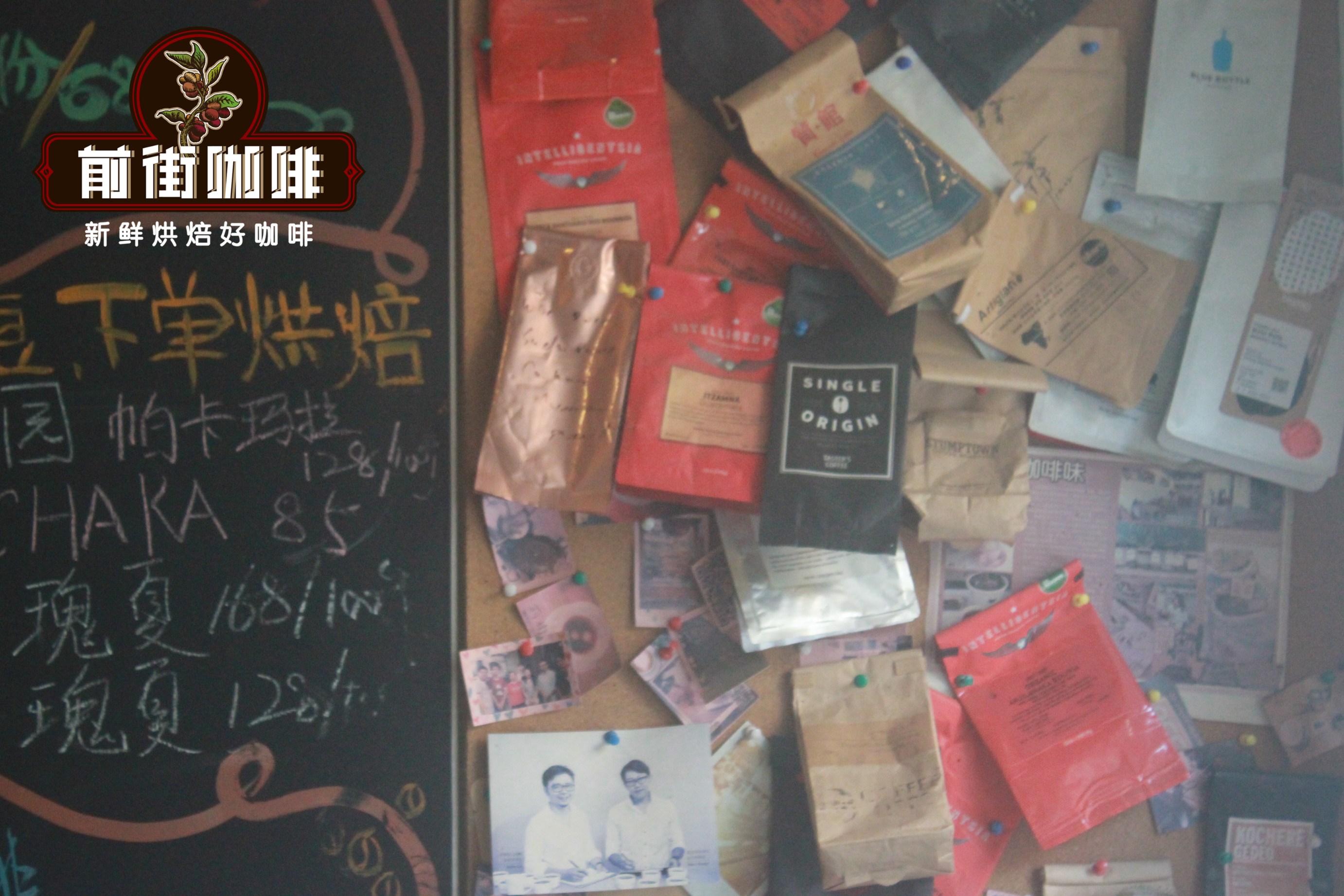
Qianjie knows that there are many coffee lovers who can name the three major varieties of coffee-Arabica, Robusta, and Liberica. Among them, Arabica coffee accounts for more than 70% of global coffee production, while Robusta coffee beans with high production capacity account for only about 20%.
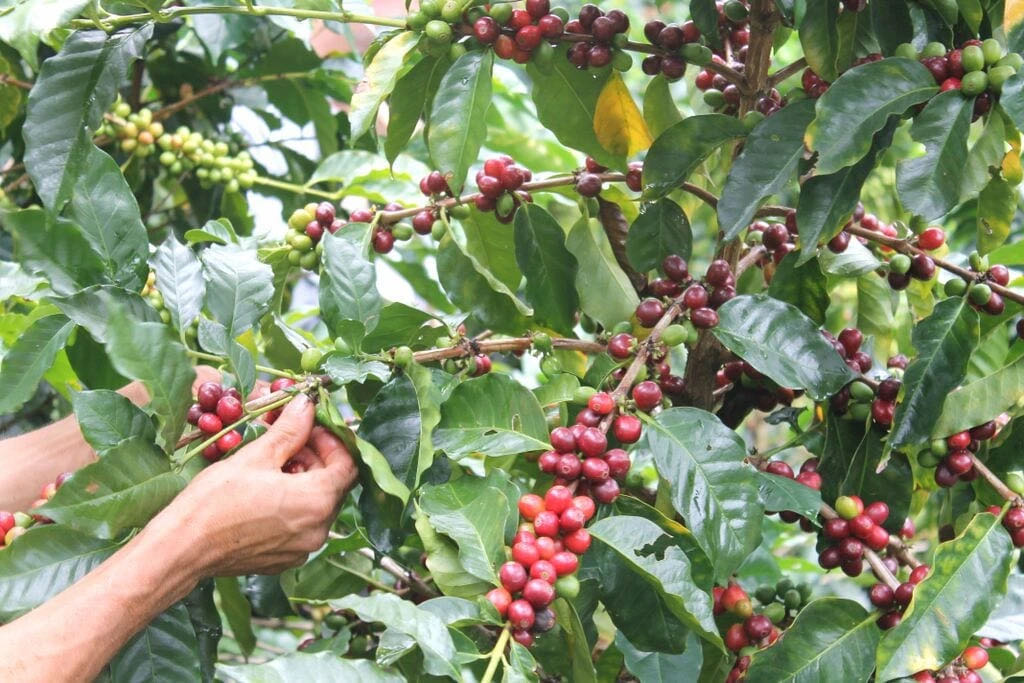
Robusta is mostly used in the production of instant coffee, which contains high caffeine, and the addition of acrylamide, a carcinogen in instant coffee, makes people even more disdainful of Robusta, which is used to make instant coffee. But existence is reasonable, and there must be a reason why Robusta has been in circulation for so many years.
Robusta coffee is a natural variety in West Africa. We often compare Arabica with Robusta, but this is not rigorous, because the two are not at all the same level in botany. Robusta actually belongs to the Canefa species, also known as the Congolese species, just as Ironka belongs to the Arabica species. But unfortunately, there is only one species called Robusta in the Canefra species that can be commercialized and well known, so that now Robusta has almost replaced Canefra as a synonym for the species.
The advantages of Robusta
As far as planting is concerned, Robusta coffee trees have the characteristics of high temperature resistance, cold resistance, drought resistance, moisture resistance, resistance to diseases and insect pests and strong adaptability, and can grow well in flat land and low altitude areas. Unfortunately, the coffee beans produced are lack of aroma. Strong bitterness (due to high caffeine) and lack of acidity, so it is mostly used for instant coffee, canned coffee, or brewed three-in-one coffee. Many coffee shops add an appropriate proportion of Robusta robusta beans to make espresso (Espresso) to deepen the "taste" (such as strong, rough, etc.) and increase the fat concentrate (crema).
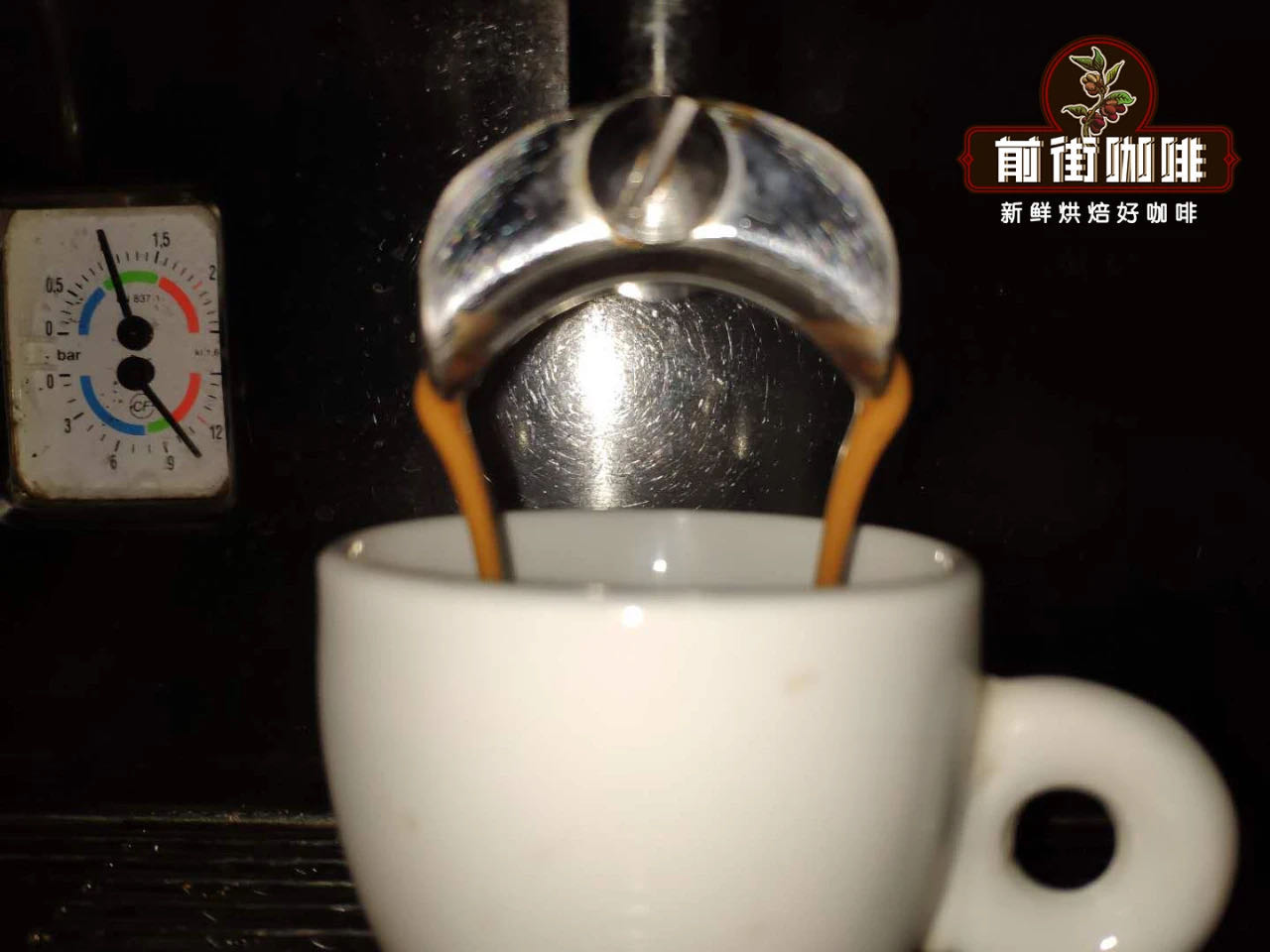
Qianjie Coffee learned from the observation of Robusta raw beans that Robusta coffee beans are round in shape and have larger granules, and their caffeine content is nearly twice that of Arabica coffee beans. It is precisely because of the high caffeine content that caffeine has become a natural insect repellent that helps drive away most pests. In other words, Robusta coffee is relatively cheap and easier to grow.
Robusta is widely planted and can be seen in Vietnam, Brazil, India and other countries. Robusta coffee plants can be found even in Hainan and Fujian provinces of China.
The disadvantage of Robusta
Qianjie mentioned earlier that Robusta has higher levels of caffeine, amino acids and chlorogenic acid than Arabica coffee varieties. Among them, chlorogenic acid is the source of bitter taste, so Robusta's flavor is not as charming and elegant as Arabica, replaced by a more mellow, lower taste, as well as walnut, peanut, hazelnut, wheat, grain and other flavors. there will even be a pungent earthy smell.
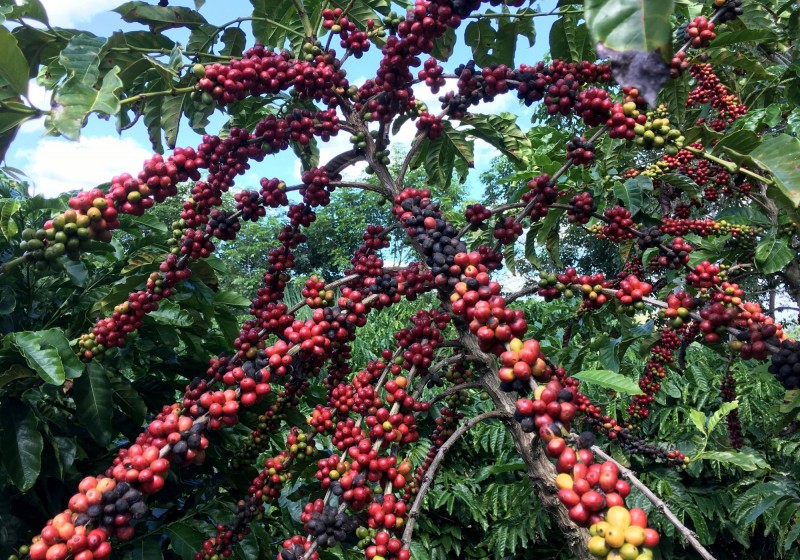
It is precisely the poor flavor of Robusta coffee beans that is spurned by the boutique coffee industry, so it is often used as the raw material of instant coffee, or mixed with Arabica coffee beans to make Italian beans.
[the shape of Robusta coffee beans]
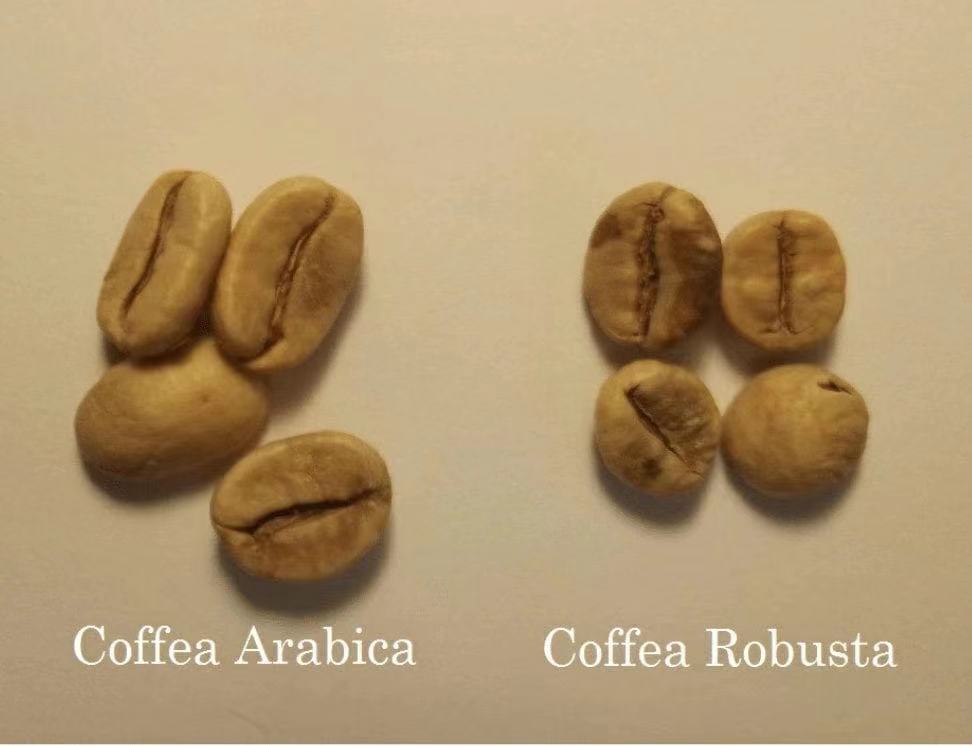
Robusta coffee beans are one fruit and one bean. After observation in the front street, it is found that the shape of Robusta is more round, showing a "C" shape; the middle line is in the shape of "I", and the color of raw beans is yellowish brown.
Commercial mixed beans
Blended coffee is also known as mixed coffee, that is, a variety of individual coffee is mixed together, so as to integrate and give full play to the strengths of a variety of individual coffee beans, blended beans from different areas of coffee beans mixed to make a more balanced taste.
There are also two types of coffee beans: first mix the beans and then bake them, which is called raw spelling; and roast and then mix the coffee beans, which is called cooked spelling.
In the front street coffee bean list, a single product of coffee beans is impossible to see the existence of Robota beans. But isn't there no Robusta coffee on the front street? No, Robota beans are found in the commercial beans of Qianjie Coffee for making espresso.
The commercial mix of front street coffee beans contains 30% of Colombian beans, 60% of Brazilian beans and 10% of Robusta beans.
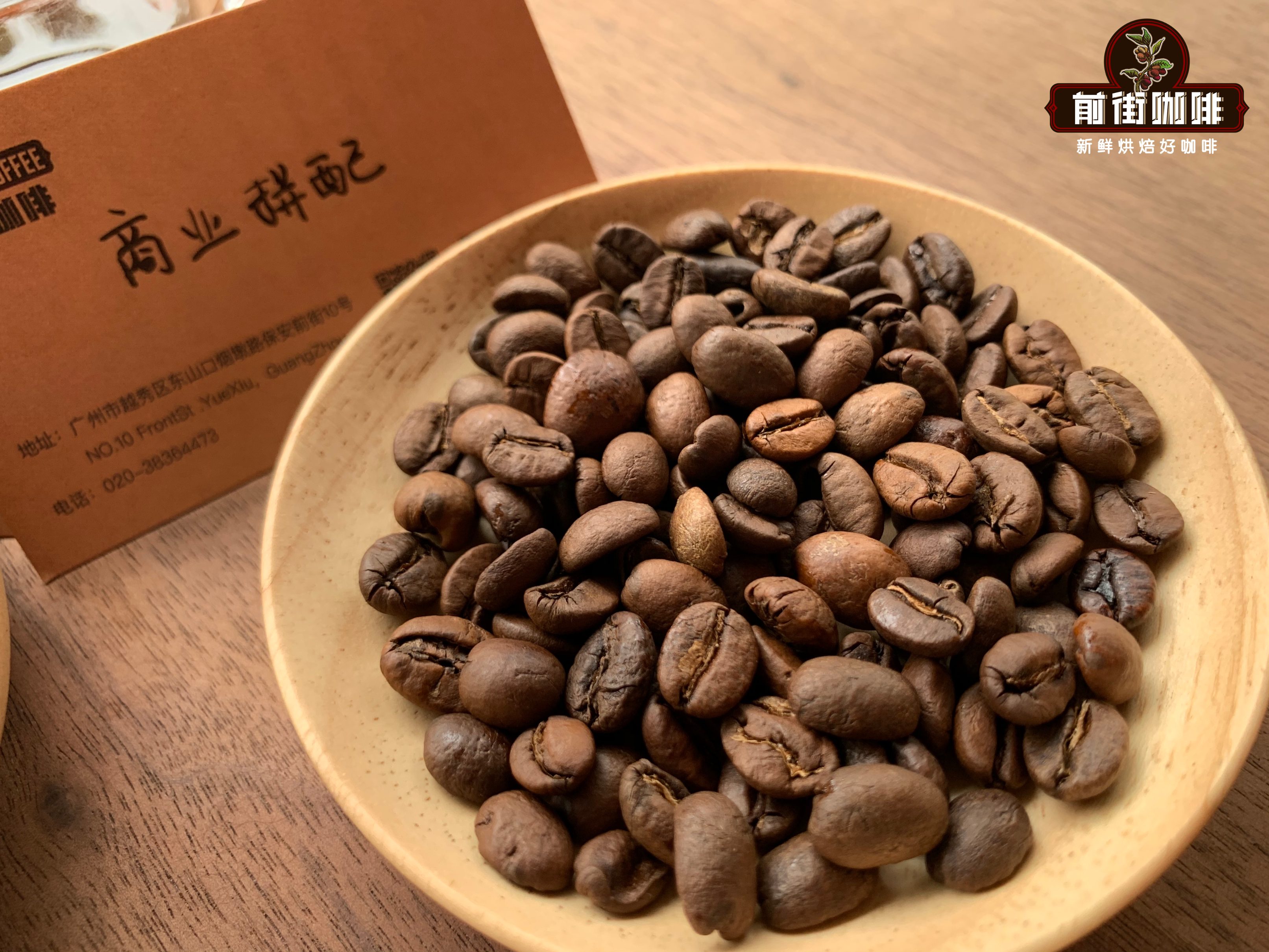
In terms of the flavor of individual beans, the taste of coffee obtained from commercial beans is much lower than that of high-quality coffee beans. Generally, commercial beans are chosen to be used for blending. After mixing the beans, you can also make coffee with a good export flavor, which can be used to make lattes. Cabo and other espresso. And our commercial mix to make Espresso, because there are robusta beans, oil will be richer, taste classic, caramel sweet, nut and cocoa, dark chocolate flavor, sweet and sour balance, a little bittersweet, long-lasting.
[how to extract Italian concentration in Qianjie]
Bean information
Commercial matching: Colombia, Brazil, Robusta
Matching ratio: 3:6:1
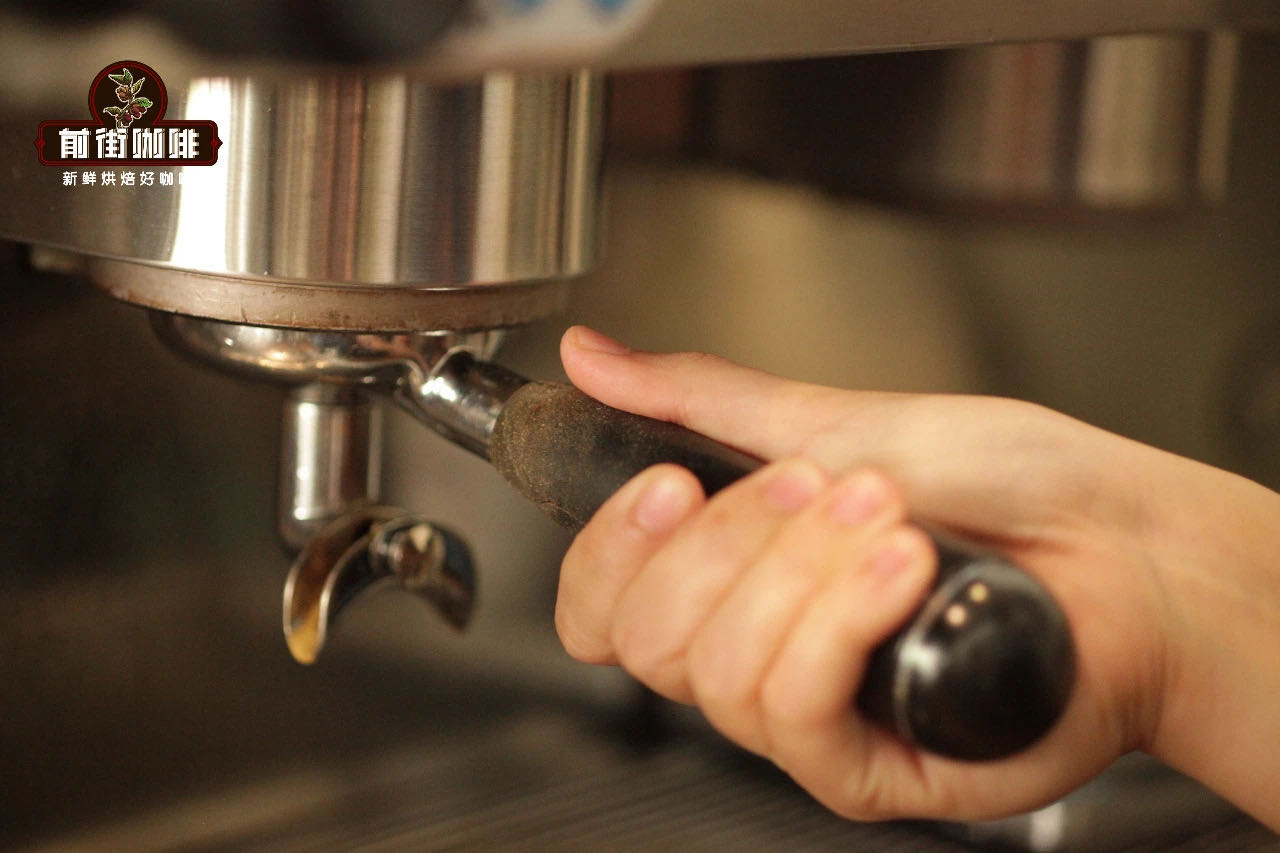
Extraction
Coffee powder: 14.5 grams
Weight of coffee liquid: 20 grams
Extraction time: 28 seconds
Boutique Robusta beans
Since the flavor of robusta coffee beans has always been criticized, is it not worth looking for good robusta coffee beans? This is not the case. There are some high-quality robusta beans in the world, which can even be said to be as delicious as Arabica coffee beans.
The representative of boutique Robusta-India "Kappi Royale" Robusta of India (Robusta).
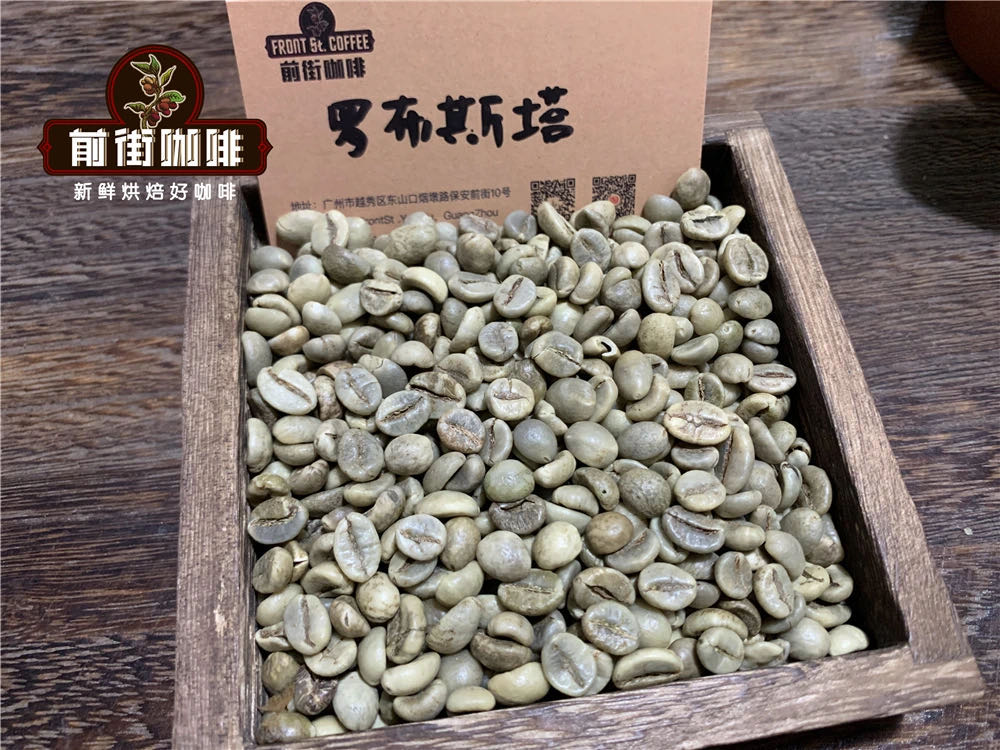
Kappi Royale means "top grade", and at least four private coffee farms in India have grown robusta coffee beans with the standards and procedures of boutique Arabica beans.
The advent of the Royal Coffee boutique Robusta beans has undoubtedly begun to change the world's impression of Robusta. Most people who have drunk it will be surprised by its thick and clean characteristics. Because of the exquisite planting and handling procedures, the flavor of the Royal Coffee Robusta is mostly quite clean, without the inconvenient flavor of the cheap Robusta. The Robusta is born without the elegant aroma of Arabica beans, replaced by a thicker, calmer taste, as well as strong walnut, peanut, hazelnut and wheat flavors like peanut butter and hazelnut.
For more information about coffee beans, please follow the coffee workshop (Wechat official account cafe_style)
For professional coffee knowledge exchange, please add Wechat account kaixinguoguo0925.
Important Notice :
前街咖啡 FrontStreet Coffee has moved to new addredd:
FrontStreet Coffee Address: 315,Donghua East Road,GuangZhou
Tel:020 38364473
- Prev
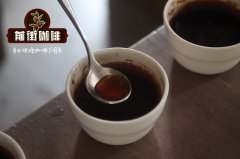
Yega Snow Coffee Bean Story: Starbucks Yega Snow Coffee Snow Tu Village is delicious? How do I buy Yejia snow coffee?
Professional coffee knowledge exchange more coffee bean information please follow the coffee workshop (Wechat official account cafe_style) where do you know the place name of Yejasuffe? First of all, let's take a look at the old saying that Yega Yirga is to settle down and Cheffe is a wetland, so Yega Chefe means to let us settle down in this wetland. Yejasuffe Yirgacheffe is located in Africa
- Next
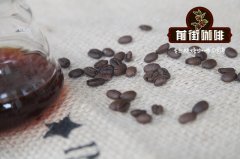
Antigua Coffee Manor, Guatemala _ Story of Antigua, Guatemala _ prices of Antigua coffee beans
Professional coffee knowledge exchange more coffee bean information Please follow the coffee workshop (Wechat official account cafe_style) today introduced the characteristics of Guatemala origin, because there are too many varieties to introduce one by one, so only chose the more famous Antigua coffee beans to talk about. In fact, it is not a realistic thing to understand all kinds of coffee in the world, it is best
Related
- Detailed explanation of Jadeite planting Land in Panamanian Jadeite Manor introduction to the grading system of Jadeite competitive bidding, Red bid, Green bid and Rose Summer
- Story of Coffee planting in Brenka region of Costa Rica Stonehenge Manor anaerobic heavy honey treatment of flavor mouth
- What's on the barrel of Blue Mountain Coffee beans?
- Can American coffee also pull flowers? How to use hot American style to pull out a good-looking pattern?
- Can you make a cold extract with coffee beans? What is the right proportion for cold-extracted coffee formula?
- Indonesian PWN Gold Mandrine Coffee Origin Features Flavor How to Chong? Mandolin coffee is American.
- A brief introduction to the flavor characteristics of Brazilian yellow bourbon coffee beans
- What is the effect of different water quality on the flavor of cold-extracted coffee? What kind of water is best for brewing coffee?
- Why do you think of Rose Summer whenever you mention Panamanian coffee?
- Introduction to the characteristics of authentic blue mountain coffee bean producing areas? What is the CIB Coffee Authority in Jamaica?

